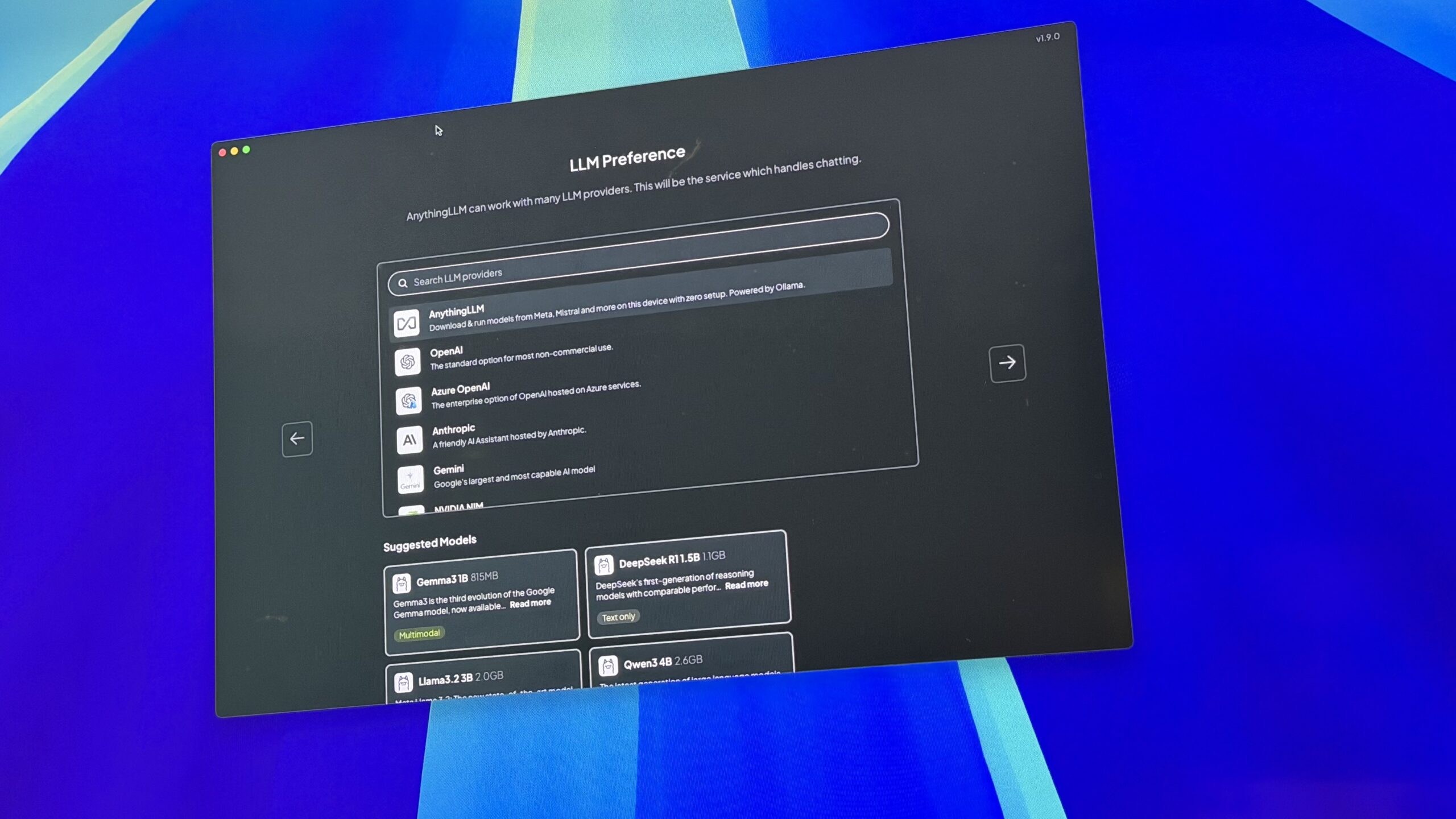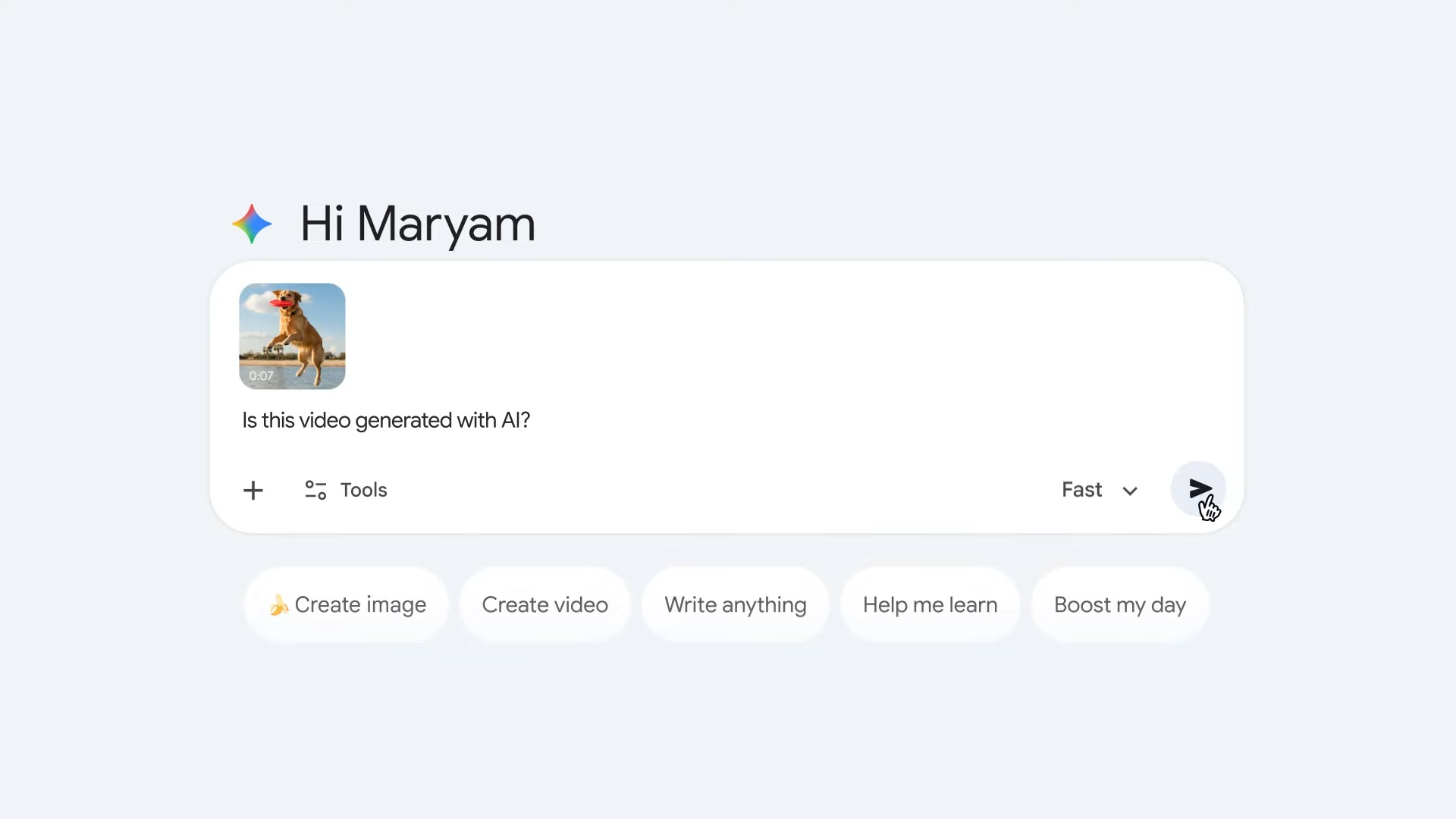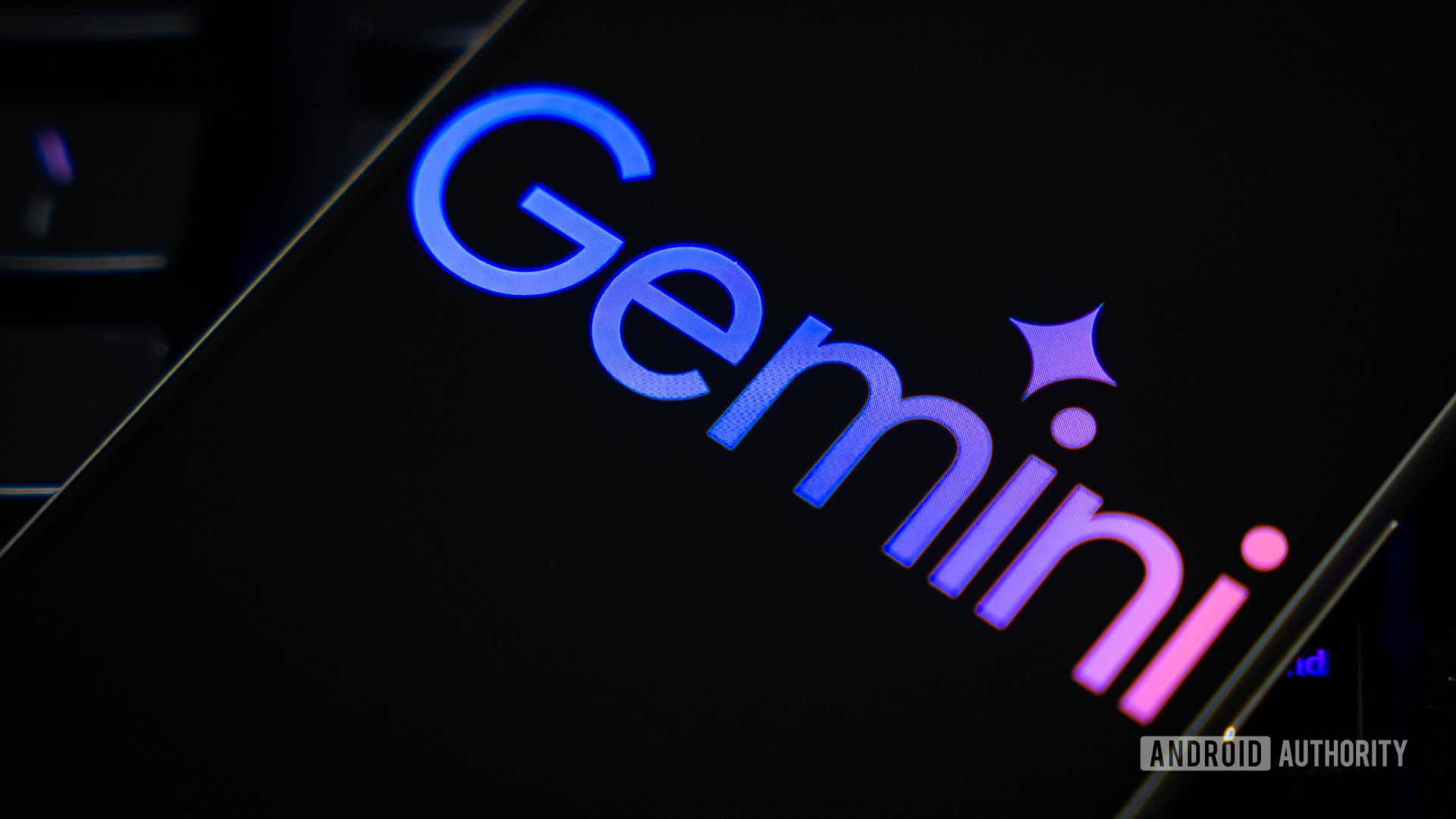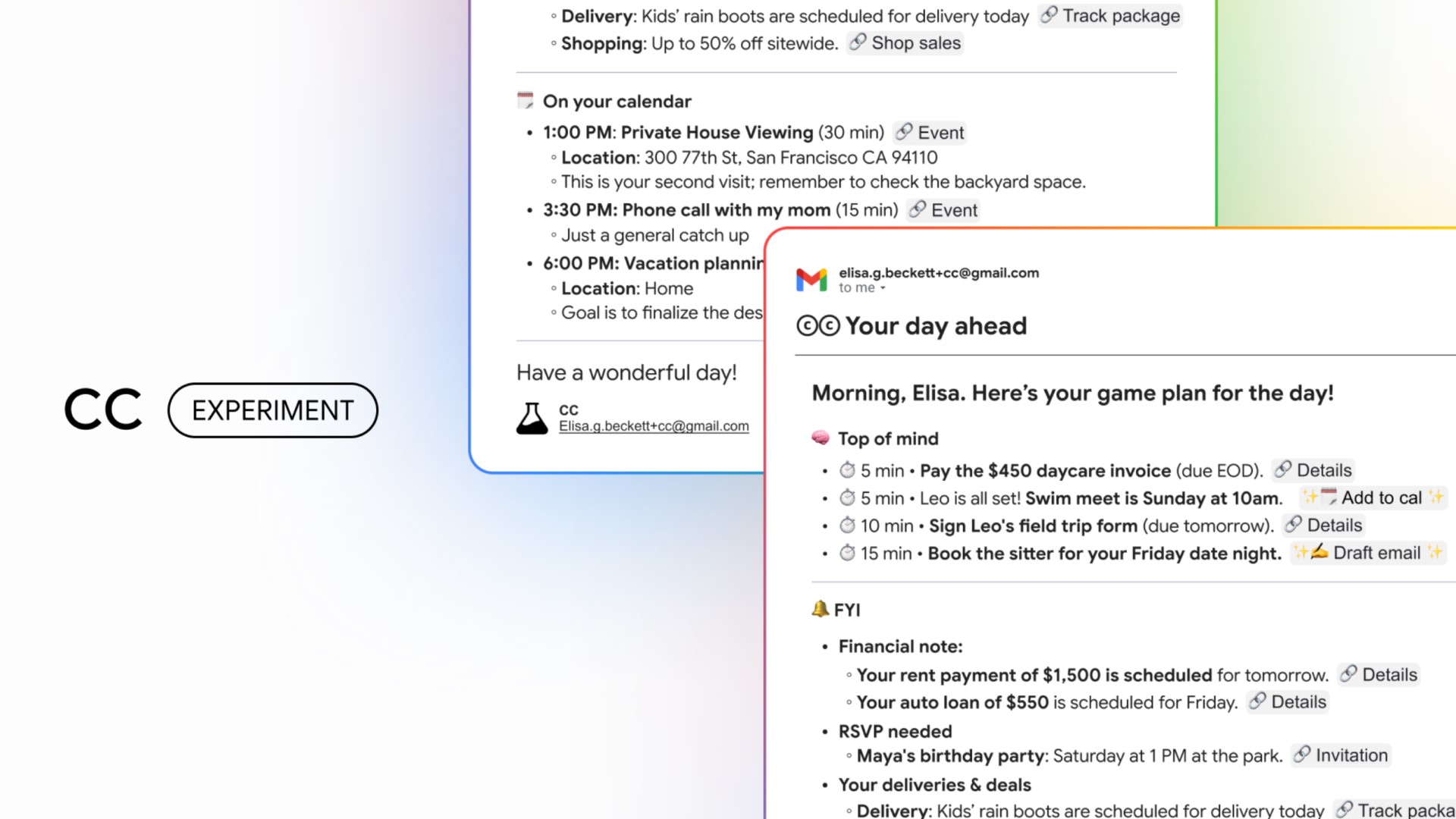All the latest
AI news
Spot the fake: Can you figure out which photos were made with AI?
Mitja RutnikDecember 16, 2025
0

Here's why I ditched ChatGPT and moved to local AI
Dhruv BhutaniDecember 16, 2025
0

6 design misses stopping Gemini from catching up to ChatGPT
Karandeep SinghDecember 14, 2025
0

I tested the Pixel 10 Pro camera against the Pixel 8 Pro, and the results surprised me
Stephen HeadrickDecember 2, 2025
0

Google Photos' UI is moving in the wrong direction
Taylor KernsNovember 28, 2025
0

Gemini's Dynamic View is great, just don't use it for every prompt
Mitja RutnikNovember 26, 2025
0

I asked Gemini to help me get a six-pack, and it’s kinda working
Mitja RutnikNovember 24, 2025
0

I tried using Gemini to track my expenses — it didn’t even come close
Karandeep SinghNovember 23, 2025
0

5 AI tools that can help you start and run an online business
Mitja RutnikNovember 22, 2025
0

Nano Banana Pro is here: How to ditch Google's old AI image generator for the new one
Rita El KhouryNovember 21, 2025
0

Is that video fake? Gemini's new update aims to solve the AI slop problem
Aamir Siddiqui5 hours ago
0

NotebookLM just gained a big feature for more digestible insights
Hadlee Simons7 hours ago
0

Curious to try Gemini for Home but can't get it where you live? Here's where it's headed next
Stephen Schenck16 hours ago
0

Google AI Mode gets a speed boost with Gemini 3 Flash
Taylor KernsDecember 17, 2025
0

Gemini for Home feels like a big downgrade, and your phone can prove it
Hadlee SimonsDecember 17, 2025
0

It's taken a while, but this key NotebookLM feature is finally available for all
Hadlee SimonsDecember 17, 2025
0

You can now build AI-powered mini apps directly from Gemini
Adamya SharmaDecember 16, 2025
0

Gemini stops making you manually hit 'Ask about screen'
Stephen SchenckDecember 16, 2025
0

Google's latest stab at a virtual assistant sounds incredibly promising: Meet CC
Stephen SchenckDecember 16, 2025
0

Gemini prepares to organize 'My Stuff' into some useful new categories
Stephen SchenckDecember 16, 2025
0
